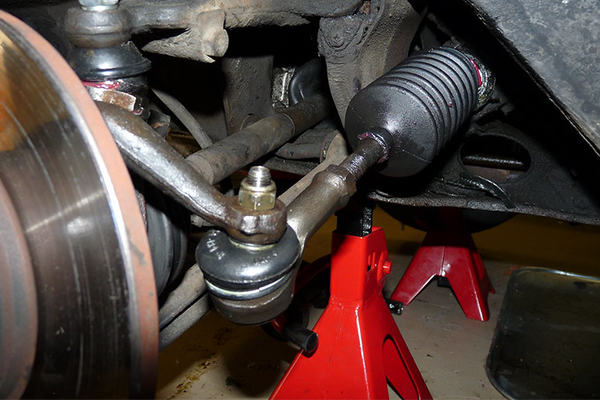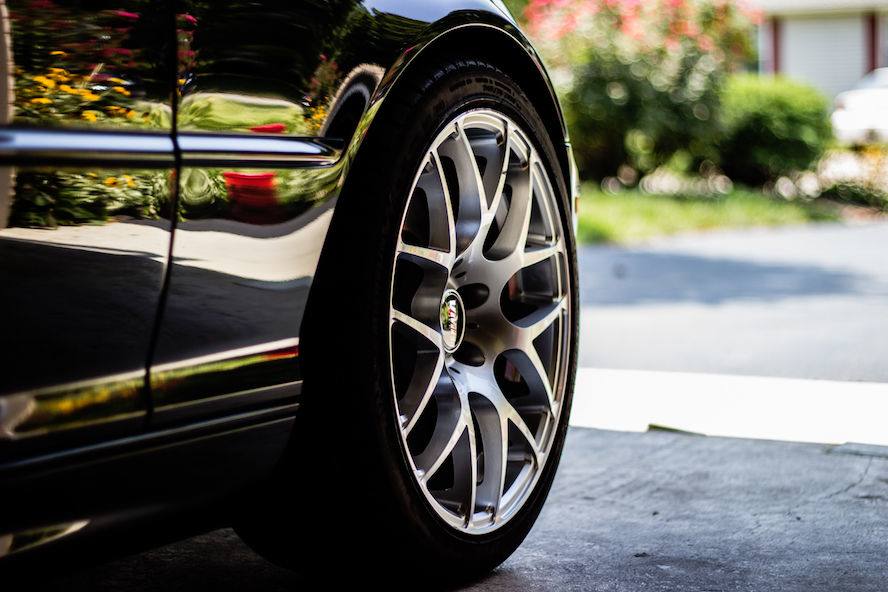It’s definitely not my fault, despite what my wife would like you to believe.
Our farmhouse is old, really old, like 1800s old, and our winters are relatively cold because we live in Virginia’s Blue Ridge Mountains. An old, drafty house and cold winters equal a potentially high heating bill.
This isn’t a problem, usually, because we heat exclusively with wood, using one of those outdoor wood-burning furnaces that heat the water and pump it through the home’s baseboard radiators. It only becomes a problem if I run out of wood and have to search for some (or wood-derived products like last year’s Christmas tree, the pizza boxes from last night and scrap lumber).
Such is the predicament I found myself in recently, and the blame lies squarely with my F150 and its CV axle, or specifically, its constant velocity joint. I planned on cutting wood all day Saturday, getting plenty to see us through the coming weeks. That plan was replaced by a new plan, however, when my wife heard the awful sounds the truck was making thanks to the broken constant velocity joint. She insisted I fix it.
Where first I was short on wood, I was now long on a laborious new task. I had just enough CV axle knowledge to get started. And as I’m a quick study and pretty handy in the garage, I figured I could tackle it. I had extra incentive though -- my wife and kids were cold. (Isn’t that what jackets are for?)
The first thing I discovered is that replacing a CV joint or CV axle can be a fairly labor-intensive job. A constant velocity joint’s function is to allow power to be transmitted from one shaft to another, through an angle, without any loss of power or a big increase in friction. They’re commonly found in front-wheel drive, all-wheel drive, and four-wheel drive vehicles and allow the drive shaft to transfer all that power and torque to the wheels, no matter how they’re angled or turned. On a front-wheel drive vehicle, there’s an inner and outer CV axle. The inner connects the drive shaft to the transmission while the outer connects the driveshaft to the wheel.
CV joints typically last about 100,000 miles. When they fail, they can’t be repaired. They need to be replaced. The CV joint is sealed and protected by a rubber boot that keeps the grease in the joint and contaminants, such as dirt and water, out. When the boot fails because of a tear or hole, the constant velocity joint will fail eventually, too, just like mine did.
Now if you catch the broken boot soon enough, you can just replace the boot, which is a lot less expensive and troublesome than replacing the entire joint. But if you hear a clicking or popping when turning, then it’s probably too late as that’s a symptom of a CV joint failure. On some vehicles, the CV joint isn’t separate and the entire CV axle needs to be replaced.
In the end, it all worked out for me. I learned that hauling wood in a wheelbarrow is a GREAT workout. On top of that, I found and installed a Carquest CV axle assembly and was soon back in business. Should you find yourself in a similar predicament, Advance Auto Parts can walk you through the steps of replacing your axle. Here are a few other takeaways you might appreciate, at my expense:
- If your front-wheel drive has been making some odd sounds lately – get it checked out.
- Make sure your Saturday plan matches up to your significant other’s plans for you.
- Have an emergency supply of whatever it is you can’t do without.
- The Rzeppa joint is a type of CV joint invented by Alfred Rzeppa in the 1920s and still in use today – try that one out on your know-it-all-mechanical-genius friend!
Editor's note: If you're CV is SOL, then check out Advance Auto Parts and Carquest, for a great solution at an even better value. Guitar graphic courtesy of Taylor Guitars.









